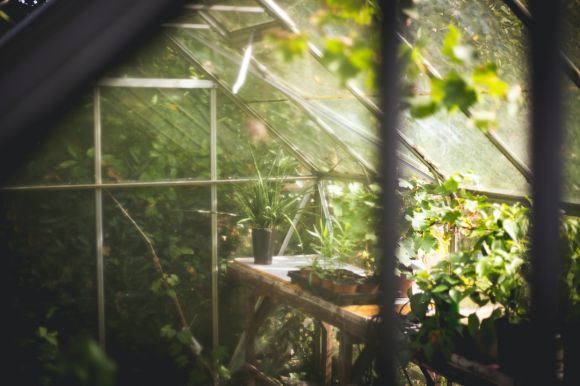Creating a herb garden is a wonderful way to add beauty and functionality to your outdoor space. Not only do herbs provide fresh and aromatic flavors for your culinary creations, but they also offer various health benefits. Whether you have a large backyard or a small balcony, designing a herb garden that meets your needs and preferences is essential. Here are some helpful tips to consider when designing your own herb garden.
1. Location, Location, Location
The first step in designing your herb garden is to choose the perfect location. Most herbs thrive in sunny spots, so look for an area in your garden that receives at least 6-8 hours of direct sunlight per day. If you have limited space, consider using containers or vertical gardens to maximize sunlight exposure.
2. Selecting Herbs
When it comes to selecting herbs for your garden, it’s important to choose a variety that suits your taste and culinary preferences. Some popular options include basil, rosemary, thyme, mint, and parsley. Research the specific growing requirements of each herb to ensure they will thrive in your chosen location.
3. Designing the Layout
Once you have chosen your herbs, it’s time to plan the layout of your garden. Consider creating a focal point, such as a small fountain or a decorative pot, to add visual interest. Group herbs with similar water and sunlight requirements together to make maintenance easier. You can also incorporate pathways or stepping stones to enhance accessibility and create a sense of structure.
4. Companion Planting
Companion planting is the practice of growing different plants together to improve growth and deter pests. In herb gardening, certain herbs have natural affinities for each other and can benefit from being planted together. For example, planting basil near tomatoes can enhance the flavor of both plants. Research companion planting techniques to maximize the health and productivity of your herb garden.
5. Incorporating Edible Flowers
Edible flowers not only add a pop of color to your herb garden but also provide a delightful addition to your culinary creations. Consider planting flowers such as lavender, marigold, and nasturtiums alongside your herbs. Not only will they attract beneficial pollinators, but they can also be used as garnishes or infused into oils and vinegars.
6. Maintaining Your Herb Garden
Proper maintenance is crucial for the success of any garden. Regular watering, pruning, and fertilizing will help keep your herbs healthy and productive. Be sure to harvest herbs frequently to encourage new growth and prevent them from becoming woody or leggy. Regularly inspect your plants for signs of pests or diseases and take appropriate action if necessary.
7. Creating a Sensory Experience
Design your herb garden with all five senses in mind. Incorporate fragrant herbs like lavender or lemon balm to stimulate your sense of smell. Plant herbs with various textures, such as sage or thyme, to enhance tactile sensations. Consider adding wind chimes or a small water feature to create soothing sounds. By engaging all your senses, you can transform your herb garden into a sensory oasis.
In conclusion, designing a herb garden can be a rewarding and enjoyable experience. By carefully selecting the location, herbs, and layout, you can create a beautiful and functional space that meets your needs. Remember to incorporate companion planting, edible flowers, and a sensory experience to enhance the overall appeal of your garden. With proper maintenance and care, your herb garden will provide you with an abundance of aromatic flavors and health benefits for years to come.





